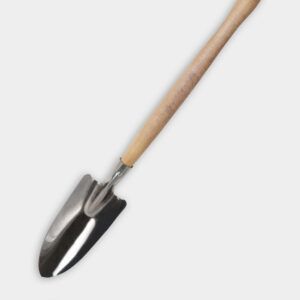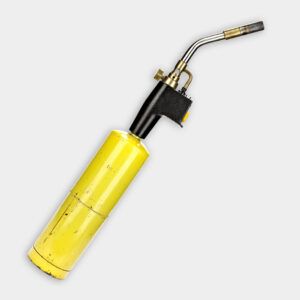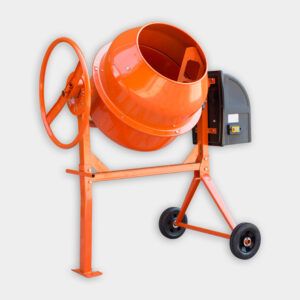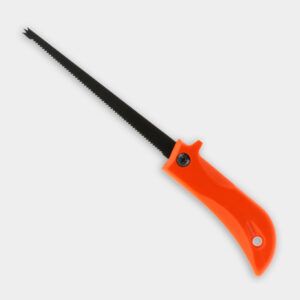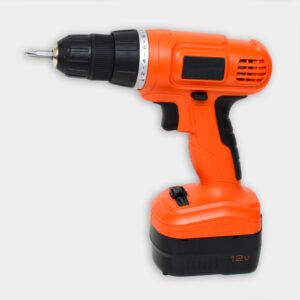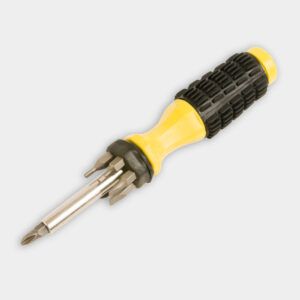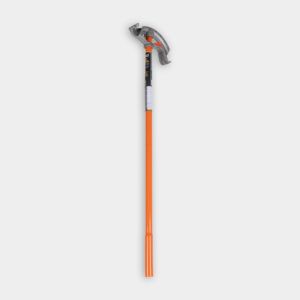Project details
Skill
5 out of 5Hard
Cost
$4000-5000
Estimated Time
1-2 days
From determining how many volts and amps that a shed needs, to knowing whether the existing electrical service can provide that, to digging a code-compliant trench for conduit, powering an outbuilding is probably a job for a pro.
In this video, This Old House’s electrician Scott Caron shows us how he does the job.
Steps to Run Power to a Shed:
- Determine what the power needs of the outbuilding will be. Will it need 240v power, or is 120v enough? What kind of electrical loads will there be? This determines the size of the feed wire, as well as the size of the new circuit breaker needed at the house’s main panel. This shed needs 240v and 60 amps.
- Find the house’s main panel and determine whether there’s enough power coming in meet the outbuilding’s needs, as well as if there’s enough space left to add the new circuit breaker.
- Adding a subpanel next to the house’s main breaker simplifies the wiring connections.
- Moving outside, it’s time to dig the trench. Before doing an earthwork, Scott calls 811, the universal Call Before You Dig number. This service sends out a technician who’ll locate and mark any existing underground utilities so they aren’t damaged by digging. Not only is this service free, it’s legally required.
- Digging a trench deep enough (For 240v power, code requires the conduit to be at least 18 inches below the surface) goes much faster with a trenching machine. Even this machine can’t get through ledge, or bedrock, though, so another step will be required later on.
- To protect the conduit from sharp rocks, a couple of inches of sand is placed in the trench. It’s important to have dug the trench deep enough so that even with his additional material, the conduit will be 18 inches or more deep.
- Using 1 ½ inch PVC conduit will allow plenty of room for pulling wires. Special glue is used to secure the joints.
- Where gentle bends are required, heat from a special propane torch is used to soften the plastic pipe enough to be bent. Once the conduit cools, the new shape is permanent.
- With all the conduit laid in the trench, it’s covered with a protective layer of sand. On top of the sand, Scott lays red caution tape to alert anyone digging here in the future that there’s underground power.
- In one spot where the trencher encountered ledge and couldn’t dig deep enough, a 2 inch thick layer of concrete is placed over the conduit, sand, and caution tape.
- With all the conduit installed, the trench is backfilled using the dirt that came out of it. With some grass seed, mulch straw, water, and time, the excavation will blend back into the lawn.
- The first step in getting the wires into the pipe is to run an electrician’s fish tape from one end to the other. Here, it’s useful to have a helper, in this case the homeowner, to know when the fish tape arrives at the far end.
- With the fish tape through the conduit, Scott ties ¼ inch rope to the fish tape’s end and pulls the rope back to the far end.
- In conduit, code requires the use of individual conductors rather than sheathed cable (typical house wiring where two or three conductors plus a ground wire are wrapped together in an outer shell). Here, because it’s a 240v circuit, two 120v conductors, one neutral, and a ground are tied to the rope and pulled through the conduit. All the wires are heavy, 6-gauge to supply the required 60 amps.
- Inside the shed, a junction box is affixed to the conduit where it comes through the wall. The individual wires from the conduit are joined to the same gauge non-metallic sheathed cable because it’s easier to run inside the shed to the new sub-panel. With this heavy-gauge wire, special connectors with screw-clamps are used.
- In the sub-panel, the ground and neutral terminals are separated, unlike the main panel in the house where they tie together. A separate ground rod is driven into the earth outside the shed, and the ground terminals connect to it.
- The ground and neutral wires attach to their respective terminals, and one hot wire connects to each bus bar.
- Breakers and a surge-suppressor are installed in the subpanel, and the shed is wired using typical interior wiring techniques.
- Back at the house, the wires from the conduit are joined to wires from non-metallic sheathed cable in a junction box, just as was done at the shed. From there, the cable runs to the new panel that was installed below the existing main panel. A 60 amp, double-pole breaker is installed, and the shed can be powered up.
When the job is complete, the shed has both interior and exterior lighting, outlets, and is set up to add a future electric car charging station.
Tools:
Note: If you have a lot of earth to move, and a shovel is too small for the job, consider renting a gas-powered trenching machine from Home Depot.
